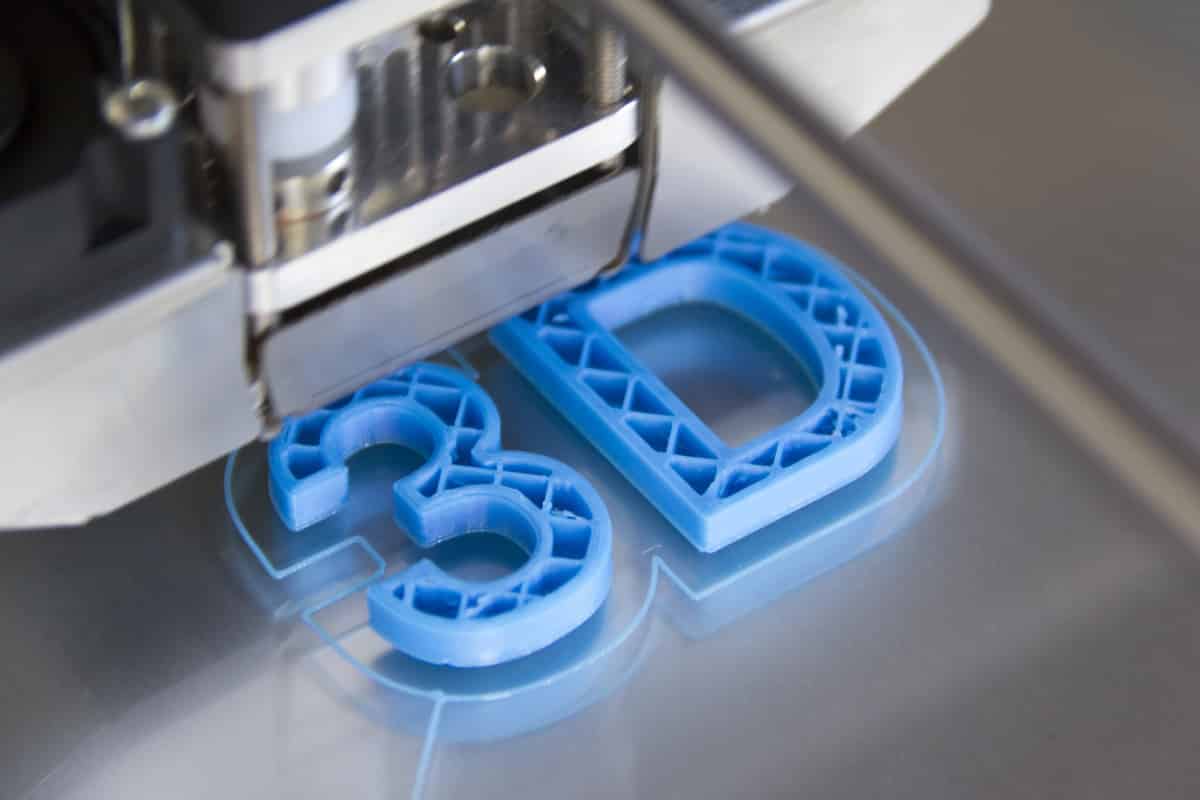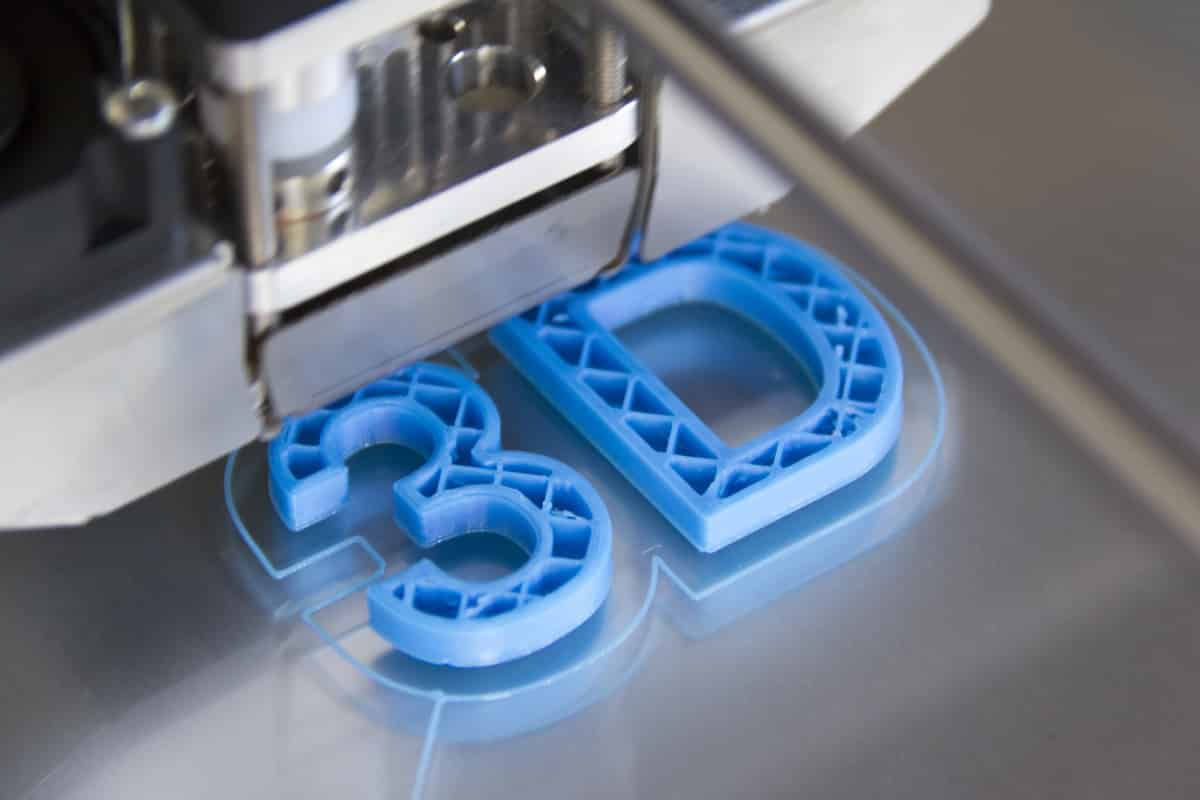In the digital age, technology continues to transform the business landscape at a rapid pace. Among the innovations reshaping the way organizations operate is the integration of cloud IoT platforms. These platforms are now revolutionizing the printing industry, turning traditional printers into smart devices capable of advanced functionalities. For business professionals seeking to enhance operational efficiency, understanding the impact of cloud IoT platforms for printing is crucial.
The concept of cloud IoT platforms is based on connecting various devices to the internet, enabling real-time communication and data exchange. In the realm of printing, this connectivity offers numerous benefits, not only in cost savings but also in improving workflow efficiencies and enabling predictive maintenance. With the right cloud IoT platforms for printing, businesses can harness technology to drive innovation and customer satisfaction.

Understanding Cloud IoT and Its Application in Printing
The Internet of Things (IoT) is a network of connected devices that communicate and share data with each other. When combined with cloud computing, it enables scalable data processing and storage. This fusion is especially beneficial in the printing industry, allowing businesses to manage remote printing operations effectively.
How Cloud IoT Works in Printers
Printers equipped with IoT sensors can provide real-time data on usage patterns, maintenance needs, and supply levels. This smart feature allows companies to automate ordering supplies and performing maintenance when required, significantly reducing downtime. For more on how IoT sensors enhance printing, check IoT sensors.
Benefits of Cloud IoT Platforms in Printing
1. Enhanced Operational Efficiency
The automation capabilities of cloud IoT platforms mean minimal human intervention is required for routine tasks. This automation leads to increased productivity and reduced errors as machines handle repetitive processes.
2. Cost Reduction
With predictive maintenance and real-time monitoring, businesses can anticipate and resolve potential issues before they lead to costly repairs. Moreover, automated supply management helps prevent wastage.
3. Improved Workflow Optimization
IoT technology streamlines workflow optimization by providing insights into usage patterns and facilitating better resource allocation. This ability leads to more streamlined operations and enhanced product delivery.
4. Smart Printer Connectivity
Cloud IoT platforms enable remote access and control of printers, which is crucial for businesses with multiple locations. This feature enhances flexibility and eases management burdens. Learn more about smart printer connectivity.
5. Personalized Printing Options
IoT enables highly personalized printing solutions based on data analytics. Companies can offer customized products, improving customer satisfaction. Explore more about personalized printing.
Challenges of Implementing Cloud IoT in Printing
While the benefits of cloud IoT platforms are significant, there are challenges such as data security concerns, integration complexities, and the initial cost of technology implementation that businesses must address.
Security Concerns
As data is transmitted over the internet, ensuring its protection from cyber threats is paramount. Implementing advanced encryption protocols and network security measures can mitigate these risks.
Integration Complexities
Incorporating IoT solutions in existing systems can be challenging, requiring substantial customization and technical expertise.
Initial Setup Costs
Despite offering long-term savings, the initial costs associated with IoT devices and cloud resources can be steep. However, careful planning and phased implementation can help alleviate budgetary constraints.
IoT in Manufacturing and Predictive Maintenance
The use of IoT is not limited to just security and efficiency in printing. It has significant implications for maintenance in manufacturing. For comprehensive insights on IoT’s role in predictive maintenance and quality control, visit this external source.
The Future of Cloud IoT in Printing
As technology evolves, the capabilities of cloud IoT platforms for printing will continue to expand. Businesses can look forward to further advancements in AI-driven printing capabilities, providing even more opportunities to innovate and optimize operations.
AI and Machine Learning
Artificial intelligence and machine learning will increasingly be integrated into IoT platforms, allowing printers to learn from usage patterns and continuously improve their efficiency.
Environmental Impact
With a growing focus on sustainability, IoT can be leveraged to reduce resource waste and lower the carbon footprint of printing practices.
Conclusion
Cloud IoT platforms represent a transformative step forward for the printing industry. By unlocking new efficiencies, cost savings, and personalized customer experiences, these platforms enable businesses to remain competitive and innovative in an ever-evolving market.

FAQ
What are cloud IoT platforms?
Cloud IoT platforms combine IoT devices with cloud infrastructure to enhance operations, providing real-time data access and integration capabilities across various devices.
How does IoT improve printing operations?
IoT enhances printing operations by offering real-time monitoring and predictive maintenance, streamlining workflows, and reducing operational costs significantly.
What are the security measures needed for IoT in printing?
To secure IoT-enabled printing systems, businesses should implement robust encryption protocols, firewall setups, and continuous monitoring of network activity.
This article contains affiliate links. We may earn a commission at no extra cost to you.







